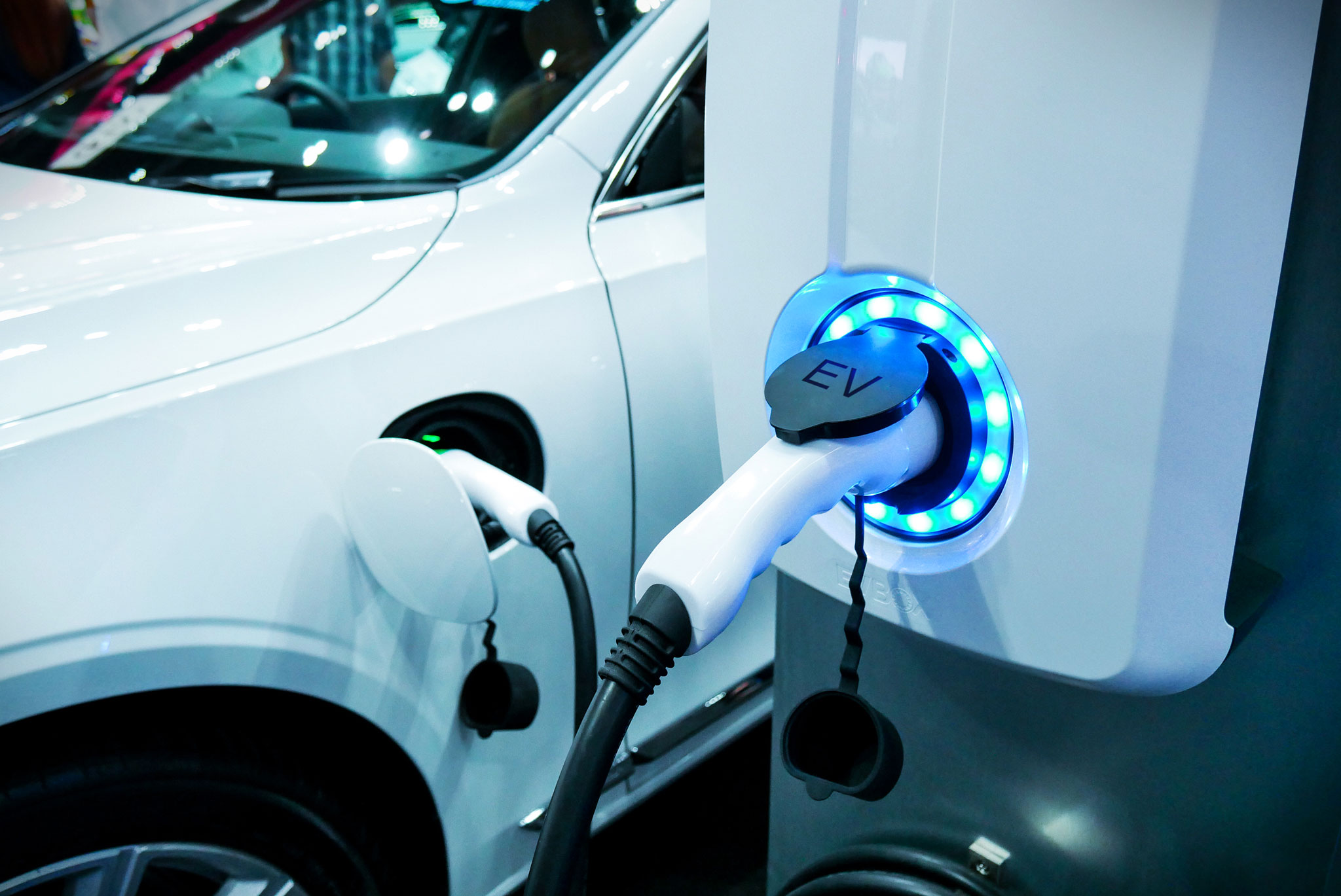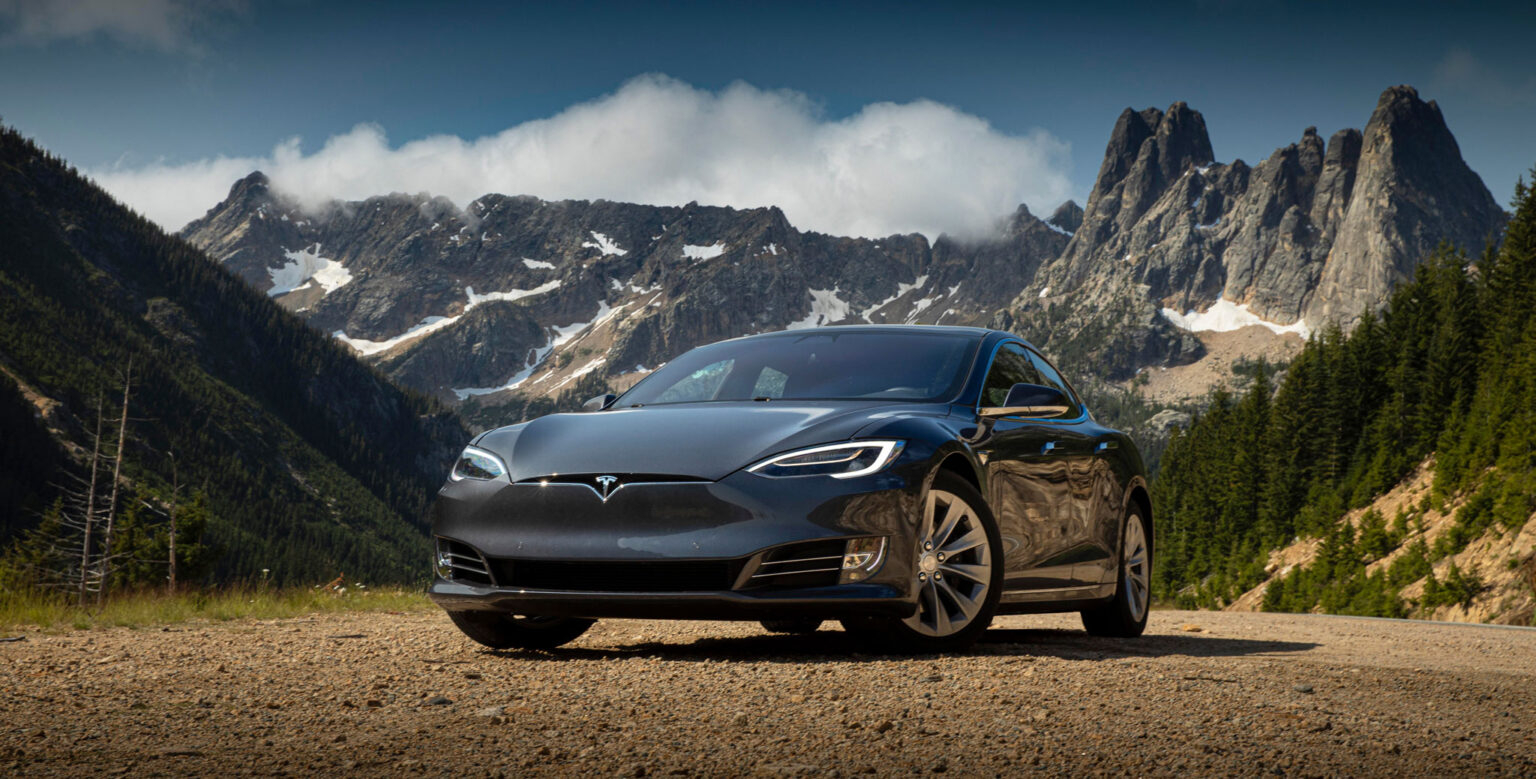With the massive boom in Tesla’s popularity and the political push in the U.S. to move away from international petroleum dependence, electric and hybrid cars are a common sight on today’s roads. Gas prices have soared the past couple of years with a pandemic, war in Europe, and the constant flux of global economics causing people to be more interested in alternative fuel sources, and electricity-powered vehicles (EVs), in particular.
There’s no doubt EVs have compelling environmental benefits. Still, there’re always two sides to an issue with plenty of proponents on both. Let’s explore together how electric vehicles came to exist, how they operate, and why you should consider buying one – or not. (For this discussion, we will focus primarily on fully electric cars.)
» History
Most car people know that on Jan. 29, 1886, German engineer Karl Benz applied for a patent for the first successful and practical gasoline automobile and the first car ever put into production. But few realize that earlier in the century, engineers in Hungary, the Netherlands, and the U.S. were innovating the first electric cars. Technology breakthroughs had transitioned designers from the battery to the electric motor and made EV invention feasible.
During the late 1800s, Iowan chemist William Morrison developed a six-passenger electric wagon that could accelerate to 14 miles per hour. This stimulated interest in electric vehicles around the U.S, and by 1900, one-third of American cars were electric. The popularity, functionality, and technology grew each year, and the horse and buggy faded into the past.
However, EVs weren’t the only innovative vehicle on the road. Steam and gasoline engines were also being invented and advancing. In comparison, EVs were easier to operate, quieter, and lower air pollutants. Even Ferdinand Porsche and Thomas Edison developed electric and hybrid cars during the turn of the century, but the Industrial Revolution and the advancement of the assembly line allowed Henry Ford to mass produce the gas-powered Model T and squelch the electric car boom.
By 1912, it was far cheaper to buy a Ford than an EV, and with the invention of the electric starter, gas-powered cars became much easier to operate. As long-distance travel increased and EV demand and profit dwindled, the electric car neared extinction, and the technology fell stagnant.
In 1973, due to the Arab Oil Embargo, oil prices jumped and gasoline shortages plagued the U.S. In response, The Electric and Hybrid Vehicle Research, Development, and Demonstration Act of 1976 jumpstarted EV development, and even NASA’s Lunar rover was a manned EV. And yet, when prices leveled out during the 80s and 90s, gasoline cars again multiplied and grew bigger and guzzled more. Quietly, the electric car plodded forward in the background.
During the 1990s, environmental organizations and information propelled eco protection and air quality legislation federally and on the state level, encouraging the production of zero-emission vehicles. And Automakers released the first assembly line electric and hybrid cars into the market. GM led with their EV1 in 1996, and Chevy followed with the Volt. We all know the success of the Toyota Prius. Then, the electric sports car leapt onto the scene through the work of Alan Cocconi and Martin Eberhard of AC Propulsion. Combining their technology with the newly invented lithium-ion battery, they and their partner, Tom Gage, caught the eye of investor Elon Musk. And the rest is Tesla history.
In 2008, Tesla began mass producing its first fully electric vehicle, the Roadster, with a record-breaking 200-mile driving range. With each new model, every aspect of Tesla improved, and due to its reliability and accessibility, the name Tesla has almost become synonymous with the term “electric car.” With pressure from environmental advocates and a view to profit, government legislation is again encouraging EV development. And automakers, like General Motors and Audi, are pledging to phase out petroleum-powered models within the next 15-20 years.

» How They Work
The first key component of an EV is the lithium ion battery pack, which stores electricity and powers the electric motor. Other parts include a converter that powers accessories, a power controller that manages the flow of electricity, a transmission that moves power from the motor to the wheels, and a cooling system that keeps everything at operating temperature.
To charge the battery, you plug the EV’s charge port into a compatible outlet or charging station. And wait. Currently, a Tesla can drive up to 390 miles at 70 miles per hour on one full charge – about the distance from Coeur d’Alene, Idaho to Portland, Oregon. Charging can take from four to 10 hours, depending on your EV’s capabilities. Some have rapid charging, which can take 30-60 minutes.
» The Benefits
As technology advances and we cintinue consuming the Earth’s resources, it becomes increasingly obvious that we need to better steward our environment and world. EVs produce zero tailpipe emissions when fully electric, significantly reducing smog and greenhouse gas emissions, both of which negatively affect the health of our bodies, air, water, soil, and atmosphere. These pollutants can also, influence weather and processes that are key to our natural world thriving and continuing to nourish us. But this is only one side of the die.
EVs save money on fuel and maintenance, and states, federal government, and eco organizations offer tax credits, rebates, and incentives to owners. The efficient engine lasts a long time and provides faster acceleration and better torque than a standard car. Since the battery pack is usually centrally located, EVs have better weight distribution and more stability. EVs are also more affordable and accessible than ever.
» The Issues
Warm or cold weather and the location of your destination can negatively affect EV travel. Warmer temperatures mean a longer driving range and colder temps mean shorter. Rural vacation spots may not be worth it if your car battery might die.
The Tesla’s driving range may sound like a lot, but EV charging stations are fewer and farther between than gas stations. Pumping gas takes a few minutes while you could be sitting at a charger for a full day. Today’s news flickers with perpetual lines of EVs waiting for a charge at California stations, and some EV owners carry gas-powered generators to charge their battery packs on the road. In addition, the high number of EVs that are now operating in California is putting a massive burden on the power grid. There is talk of limiting and mitigating power usage, like rationing.
The issue that few are talking about is an additional environmental one: the massive amounts of metals and minerals that are required to produce lithium batteries. Lithium is not scarce, but we are utilizing reserves, and the mining of lithium is exacting and becoming an environmental question. In a new way, we are consuming the Earth’s resources in massive quantities without knowing if it is sustainable and renewable.
The Decision The operation and maintenance of an EV in the present moment and with a view to technological advances could offset the long-term effects of using the Earth’s lithium in volume and a short amount of time. Recycling and re-using metals and minerals could also grow and make the EV industry more sustainable. Right now, buying an EV is the acceptable thing to do. But, I think I’ll ride my bike more often and keep an eye on where the EV trend is going. Who knows? You may see me behind the electric wheel one of these years. N
By S. Michael Bennett
As Featured In: WinterSpring 2023



